
Ku-ring-gai Chase National Park is a national park on the northern side of Sydney in New South Wales, Australia. The 14,977-hectare (37,010-acre) park is 25 kilometres (16 mi) north of the Sydney central business district and generally comprises the land east of the M1 Pacific Motorway, south of the Hawkesbury River, west of Pittwater and north of Mona Vale Road. It includes Barrenjoey Headland on the eastern side of Pittwater.

Lindfield is a suburb on the Upper North Shore of Sydney in the state of New South Wales, Australia. It is 13 kilometres north-west of the Sydney Central Business District and is in the local government area of Ku-ring-gai Council. East Lindfield is a separate suburb to the east, sharing the postcode of 2070.
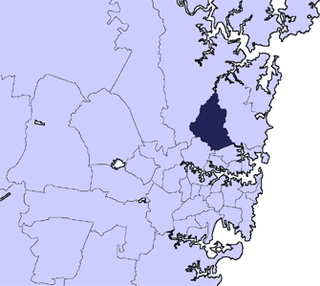
Ku-ring-gai Council is a local government area in Northern Sydney, in the state of New South Wales, Australia. The area is named after a fictional Aboriginal language group.
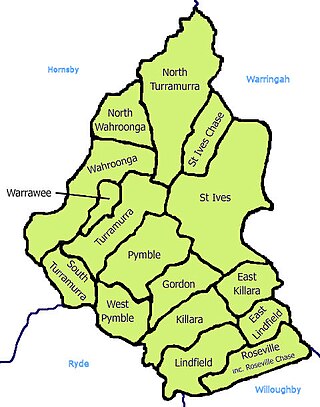
St Ives is a suburb on the Upper North Shore of Sydney in the state of New South Wales, Australia 18 kilometres north of the Sydney Central Business District in the local government area of Ku-ring-gai Council. St Ives Chase is a separate adjacent area, designated suburb, to the west and north.

Turramurra is a suburb on the Upper North Shore of Sydney, in the state of New South Wales, Australia. It is located 16 kilometres (10 mi) north-west of the Sydney central business district, in the local government area of Ku-ring-gai Council. It shares the postcode of 2074 with the adjacent suburbs of North Turramurra, South Turramurra and Warrawee.

James Park Woods was an Australian recipient of the Victoria Cross during World War I; the Victoria Cross was the highest award for gallantry in the face of the enemy that could be awarded to members of the Australian armed forces at the time. Woods enlisted in the Australian Imperial Force in September 1916 and, after training in Australia and the United Kingdom, joined his unit, the 48th Battalion, in France in September 1917. Along with the rest of his battalion, he participated in the First Battle of Passchendaele the following month. In early 1918, Woods was hospitalised for several months before rejoining his unit in May. He again reported sick in July, and did not return to the 48th Battalion until mid-August.

Percy Valentine Storkey, VC was a New Zealand-born Australian recipient of the Victoria Cross (VC), the highest award for gallantry in the face of the enemy that can be awarded to British and Commonwealth forces.
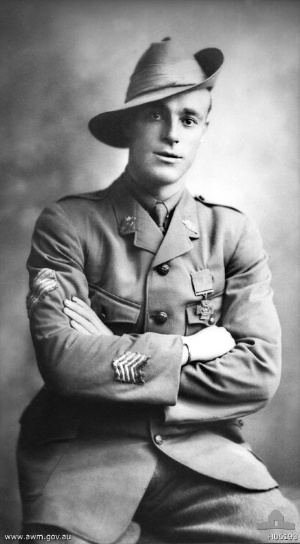
Reginald Roy Inwood, VC was an Australian soldier and recipient of the Victoria Cross, the highest award for gallantry in battle that could be awarded to a member of the Australian armed forces at the time. Inwood enlisted in the Australian Imperial Force in August 1914, and along with the rest of the 10th Battalion, he landed at Anzac Cove, Gallipoli, on 25 April 1915. He fought at Anzac until being evacuated sick to Egypt in September. He remained there until he rejoined his unit on the Western Front in June 1916. In August, he fought in the Battle of Mouquet Farm.

North Turramurra is a suburb on the Upper North Shore of Sydney, in the state of New South Wales, Australia. North Turramurra is located 20 kilometres (12 mi) north-west of the Sydney central business district, in the local government area of Ku-ring-gai Council. Turramurra and South Turramurra are separate suburbs.

Roseville is a suburb on the Upper North Shore of Sydney in the state of New South Wales, Australia 12 kilometres (7.5 mi) north-west of the Sydney central business district, in the local government areas of Ku-ring-gai and Willoughby. Roseville Chase is a separate suburb to the east.
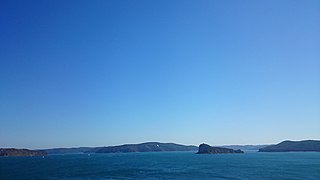
Lion Island is an island that is located at the mouth to the Hawkesbury River in Broken Bay on the Central Coast of the state of New South Wales, Australia. The island is located just off Pearl Beach and is part of the Central Coast Council local government area. It is a descriptive name because it resembles a Sphinx, a mythical figure of a crouching lion.
[Walter] Cresswell O'Reilly was an Australian public servant who became Chief Commonwealth Film Censor. He "dominated and shaped Australian film censorship" and was able to "define appropriate mass entertainment" for nearly twenty years. He was the founding president of the National Trust of Australia (NSW) and an early urban conservationist.

John Clarkson Maddison was a New South Wales politician, Attorney General, Minister for Justice and Deputy Leader for the Liberal Party of New South Wales in the cabinets of Robert Askin, Tom Lewis and Sir Eric Willis until the Liberal party lost the 1976 election. Maddison was first elected to the New South Wales Legislative Assembly for the Electoral district of Hornsby in 1962 until 1973 and thereon as member for Ku-ring-gai until his retirement in 1980.
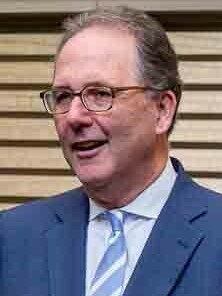
Alister Andrew Henskens is an Australian politician. Henskens has been a Liberal Party member of the New South Wales Legislative Assembly since 2015, initially representing the electorate of Ku-ring-gai in Sydney's upper North Shore and then Wahroonga from 2023.

The 1st Pioneer Battalion was an Australian infantry and light engineer unit raised for service during the First World War as part of the all volunteer Australian Imperial Force (AIF). Formed in Egypt in March 1916, the battalion subsequently served on the Western Front in France and Belgium, after being transferred to the European battlefields shortly after its establishment. Assigned to the 1st Division, the 1st Pioneer Battalion fought in most of the major battles that the AIF participated in between mid-1916 and the end of the war in November 1918. It was subsequently disbanded in early 1919.
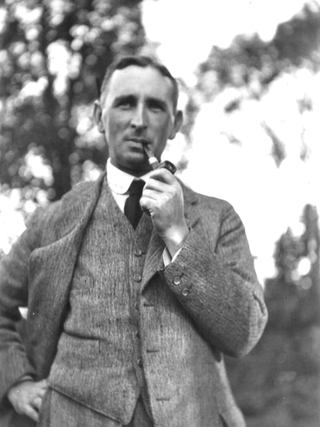
Thomas Pollard Sampson was a Tasmanian-born Australian architect active in New South Wales during the first forty years of the 20th century. His work encompassed the styles of the Federation Arts and Crafts and Bungalow through to the Inter-War Styles. In 1912 he designed an octagonal roofed stadium at Rushcutters Bay that seated up to 12,000 spectators. At the time, the Sydney Stadium was said to be "the largest roofed-in structure in the world." In the 1920s and 1930s, as a golfer and member of Concord Golf Club and Pennant Hills Golf Club, he designed the clubhouses at both courses. The buildings of both these well known Sydney clubs are still in use in 2023.
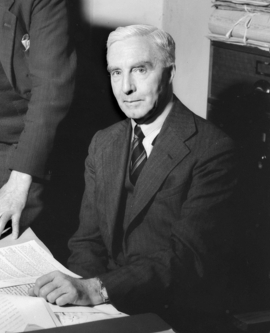
Allan Seymour Walker was an Australian Army officer who served in First and Second World Wars, a medical practitioner, and a military and medical historian who wrote the four medical volumes of the official history series Australia in the War of 1939–1945.
Charles George Rothwell was an Australian rugby league footballer who played in the New South Wales Rugby League for Western Suburbs.

Sir Clarence Roy McKerihan, also known as Roy McKerihan or C. R. McKerihan, was an Australian banker who served as a commissioner and President of the Rural Bank of New South Wales for 27 years from 1933 to 1961.

















